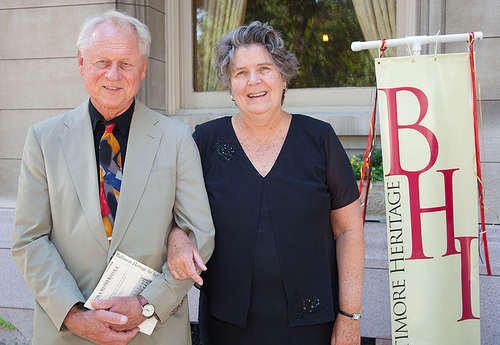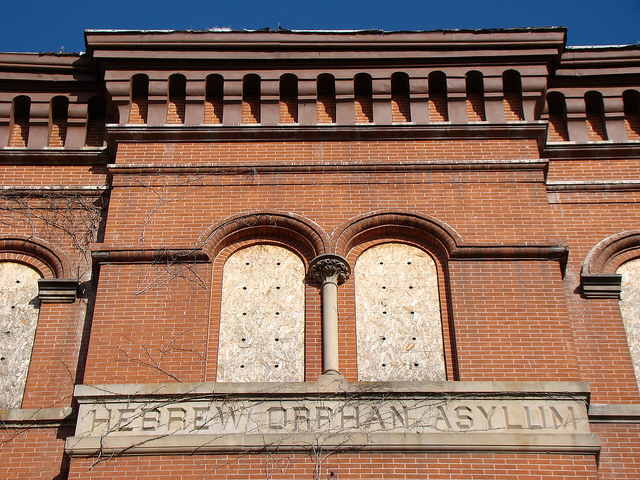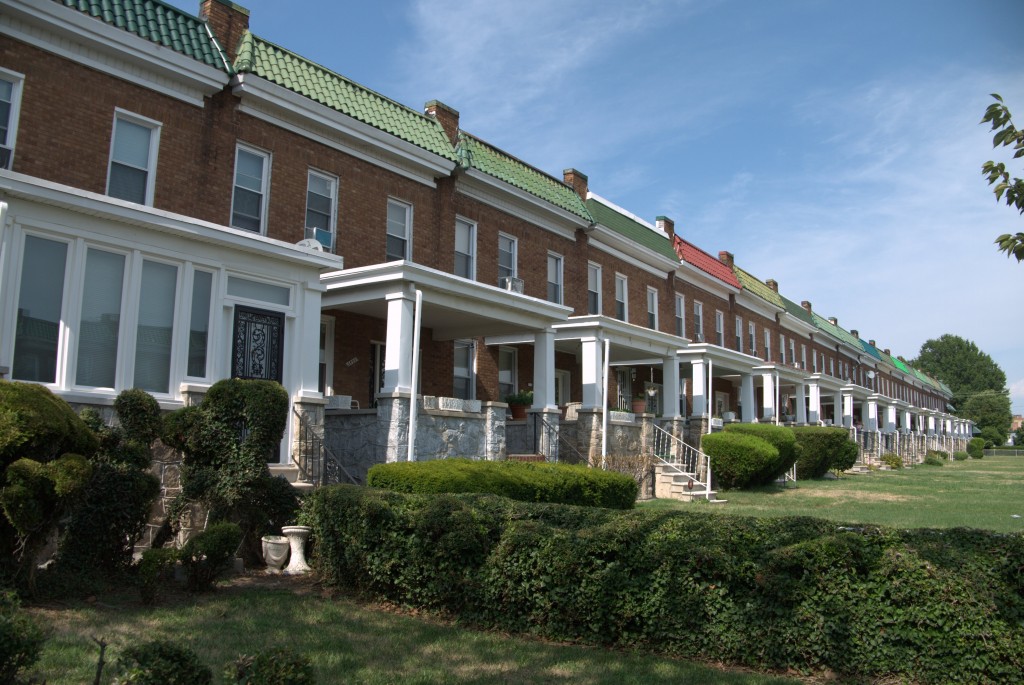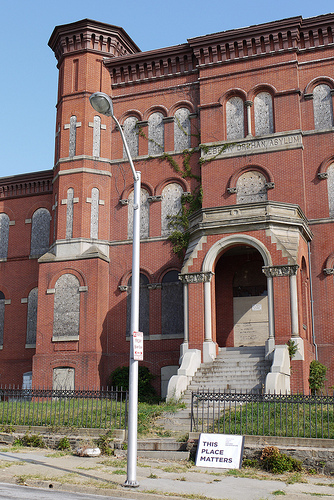This fall has been bittersweet for Baltimore’s Edgar Allan Poe House and Museum. In November, the Poe House was honored by the Maryland Office of Tourism with a 2010 tourism award for its “Nevermore 2009” campaign. The year-long tribute to Poe’s 200th birthday generated $1.9 million in advertising equivalency, over 400 printed articles, and sold out events with people coming from as far away as Europe and Asia.
Unfortunately this fall the Poe House also received news that Baltimore City has decided to no longer provide funding for the city-owned museum. The museum’s sole staff member, director Jeff Jerome, had worked through Baltimore’s Commission for Historical and Architectural Preservation (CHAP) for nearly three decades. The museum and CHAP are now working to find a solution to keep the building open. They have put out a request for proposals to hire a consultant to develop an operating and financial plan for the long-term sustainability of the museum. The deadline for submissions is in early December and CHAP expects to bring on the consultant in early January 2011.




